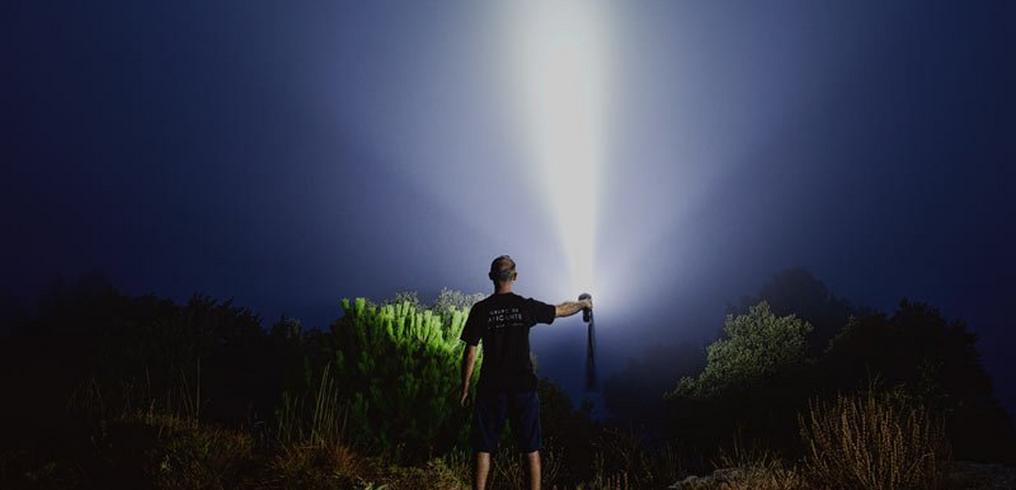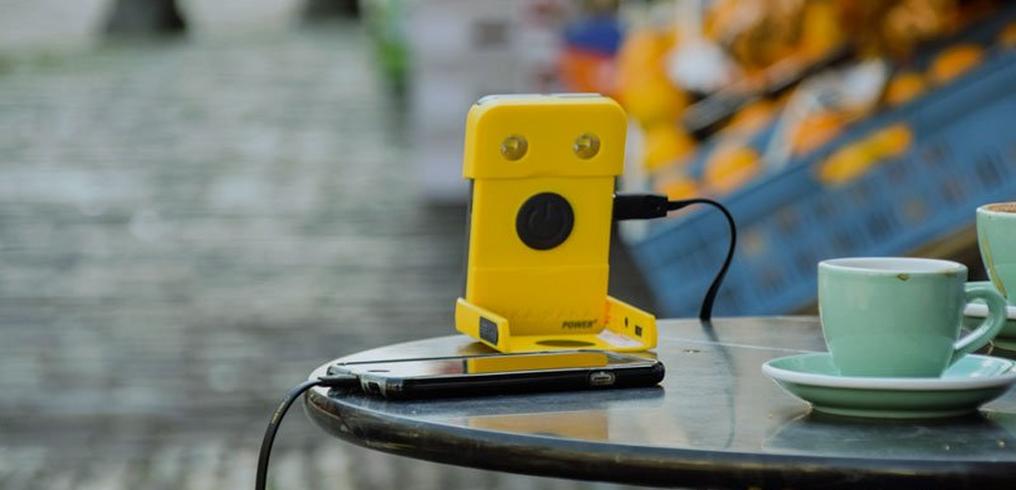Choosing a battery
Do you wish to buy a torch and you are not quite sure which? We recommend first defining your ideal battery. If you choose the battery that best fits in with your use you will enjoy your torch for longer.
21700 batteries (rechargeable)
21700 batteries are great if you use your flashlight a lot. These batteries are namely rechargeable. The biggest difference between 18650 and 21700 batteries is their size, the 21700 is namely a little bigger. The 21700 battery also has more power and will last longer. A 21700 battery can, however, not always replace the 18650 battery. That is why you should only use the 21700 battery in flashlights that can handle these batteries.
It is important to know that 21700 batteries are available protected and not protected. This protection ensures that the battery isn't overcharged or becomes too hot. That is why we recommend choosing a protected 21700 battery. It is best if you charge and use this type of battery on a regular basis.

CR123A batteries (non- rechargeable)
CR123A batteries keep their charge a very long time. Even 10 years later they still are full to 90% (providing they have not been used of course). In addition, they never leak, which of course is a great advantage in an expensive torch. The disadvantage of CR123A batteries is that they cost more than alkaline batteries and are not readily available. We sell them at a reasonable price, but if you have to buy them unexpectedly in a photo shop you will pay the full price. Keeping a spare set is recommended.
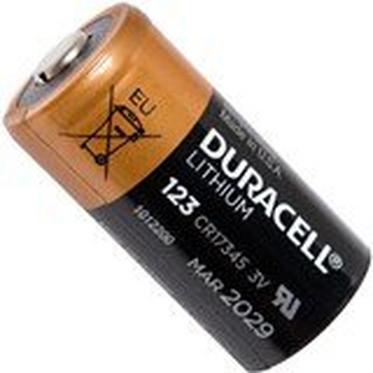
16340 batteries (rechargeable)
The CR123A batteries are also available as rechargeable batteries. They are also known as RCR123A and 16340 batteries. These batteries often use Lithium-ion technology for charging. They don't last as long as regular CR123A batteries, but can be charged a lot of times.
The supplied voltage of 16340 batteries is higher than the voltage in the regular CR123A batteries. As such you will be left with a higher light output in some flashlights. Always check the manual to see if the flashlight can handle a 16340 battery. Not every flashlight can handle this higher voltage.
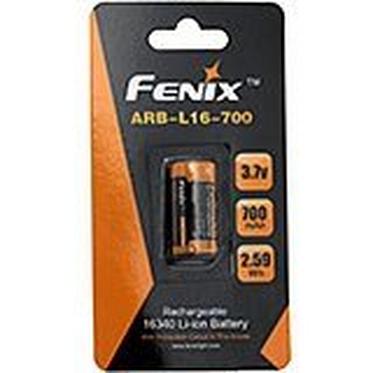
18650 lithium-ion accumulators (rechargeable)
18650 lithium-ion accumulators are very suitable for people who intensively use their torch. They have a high capacity and are very stress-resistant, with maximum performance in long-lasting bright light.
It is important to immediately recharge the batteries when they are empty and at least once a year. Lithium ion accumulators are slightly prone to loss of charge. When they are not used, they slowly empty. That makes them less suitable for people who use their torch sporadically. Many torches that are suitable for 18650 accumulators can also be used with CR123A batteries. In that case 2 CR123A batteries replace 1 18650 accumulator. That is not always possible however, due to the higher tension of a set of 2 CR123A batteries.

AA (penlite) Alkaline batteries (non- rechargeable)
The Alkaline AA batteries are the most common batteries. They keep their charge for approx. 4 years which is reasonable and they are available anywhere at a reasonable price. A disadvantage is that they actually are not made for the high power modern torches can require, which empties them quickly when used in their highest setting. They also tend to leak which often leads to damage.
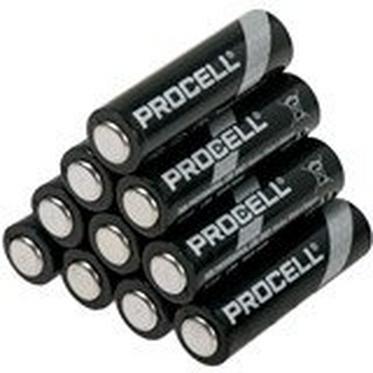
AA (penlite) Lithium batteries (non- rechargeable)
Lithium AA batteries are more expensive than alkaline AA batteries but are made to provide high power strengths and therefore last considerably longer than the Alkaline variant under high load.
Almost all LED torches suitable for Alkaline batteries can also be used on Lithium penlite batteries . For torches with a light bulb it is not so sure. Because these torches depend on the features of the battery lithium batteries can lead to burning of the bulb.
AA lithium batteries are not readily available but if they should be empty you can still use Alkaline batteries.
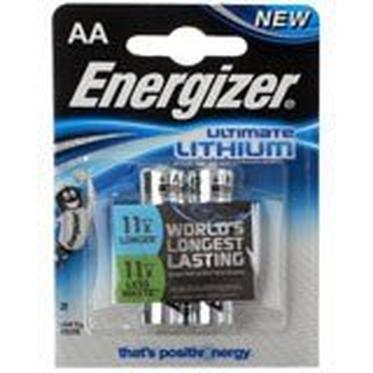
AA (penlite) NiMH accumulators (rechargeable)
AA NiMh accumulators are the famous rechargeable penlites. They are very suitable for use in powerful torches and they are very economic to use. They cannot start leaking, which is a great advantage too.
The NiMh penlite accumulators exist in two versions: a version with a high capacity but high self-discharge too. Those batteries usually have a capacity of 2500 mAh but still only lose some 700 mAh per month when used. They are very suitable for intensive use but less for occasional use.
The 2nd version is one with a lower capacity (around 2100 mAh) but a considerable self-discharge. That is a great advantage if you don't use your torch for a longer period of time. Rechargeable CR123A batteries can be used in many LED torches that are used for CR123A batteries but not for 18650 accumulators. If your torch is suited for 18650 accumulators those should be preferred for their much higher capacity. The characteristics correspond with those of the 18650 accumulators, immediate charging when they are empty and charging once a year are a must too.
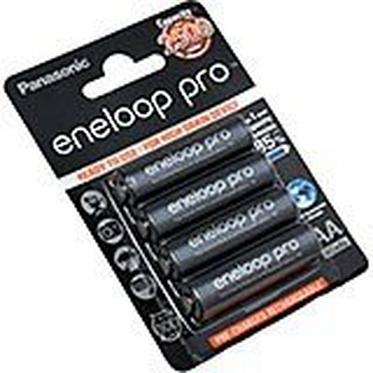
14500 Lithium-Ion batteries (rechargeable)
14500 batteries are the same size as penlite, or AA batteries. Compared to Alkaline or NiMH batteries, these batteries use Lithium-ion technology. As such 14500 batteries can produce a higher output than the before mentioned batteries. Great for flashlights that ask a lot of their batteries.
A disadvantage of 14500 batteries is that not every flashlight can handle this type of battery. So keep this in mind and check it before you purchase one.
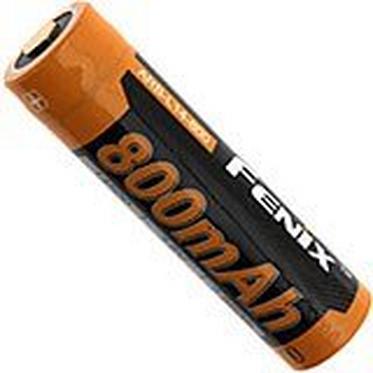
AAA (mini penlite) batteries (non- rechargeable)
AAA batteries are smaller than AA batteries and are therefore mainly used in key ring lights. The capacity is approximately one third from that of an AA battery. AAA batteries exist, like AA batteries, in Alkaline, NiMH and lithium and also have the same advantages and disadvantages.

D cell batteries (non- rechargeable)
D cell batteries are thick and heavy batteries known from the large tube lights of Maglite. They are available in Alkaline and NiMH.
There are also new LED torches that use D-Cell batteries: the Fenix TK50 for example. For that light we recommend the use of Tenergy NiMH accumulators with a particularly high capacity. Attention: Many manufacturers of D-cell NiMH batteries use an AA NiMH with a thick cover which makes them low capacity (ca. 2500 mAh instead of 9000 to 10000 mAh). Their life span will then disappoint.

Most suited battery type per use
| Use | Recommended batteries |
|---|---|
| Only a couple times per year | CR123A, AA lithium |
| Approx. 1 hour a month | AA (Alkaline / NiMh), 18650 /Second choice: CR123A, AA lithium (due to costs second choice) |
| Intensive, 1 hour per week or more | 21700, 18650, AA NiMh (version with a high capacity), D NiMh / Second choice: RCR123A (or 16340), AA Alkaline |
